Which Is Better: Hoang Su Phi or Sapa ?
You want to spend time away from the city to explore the mountainous region of Vietnam? If so, you must have definitely heard of Sapa, a very famous tourist destination in the North-West of the country, and Hoang Su Phi, a lesser known destination in Ha Giang province, both of which offer immaculate beauty and a glimpse of ethnic cultures. But what is there about these places that are so special? And which one is the ideal choice? Let's find out without any further ado.
Sapa
When to go?
Blessed with a cool climate, Sapa is great for traveling at almost any time of year. The spring, Sapa flaunts its beauty with fields after fields of peach, cherry and plum flowers. The summer, Sapa is the perfect getaway from the unbearable heat and to admire lush green rice fields, it's rainy season however so flooding might happen. The fall, let yourself be mesmerized by golden terraced rice fields in harvest season. The winter, Sapa puts on it's thick layer of coat made of clouds and snow.
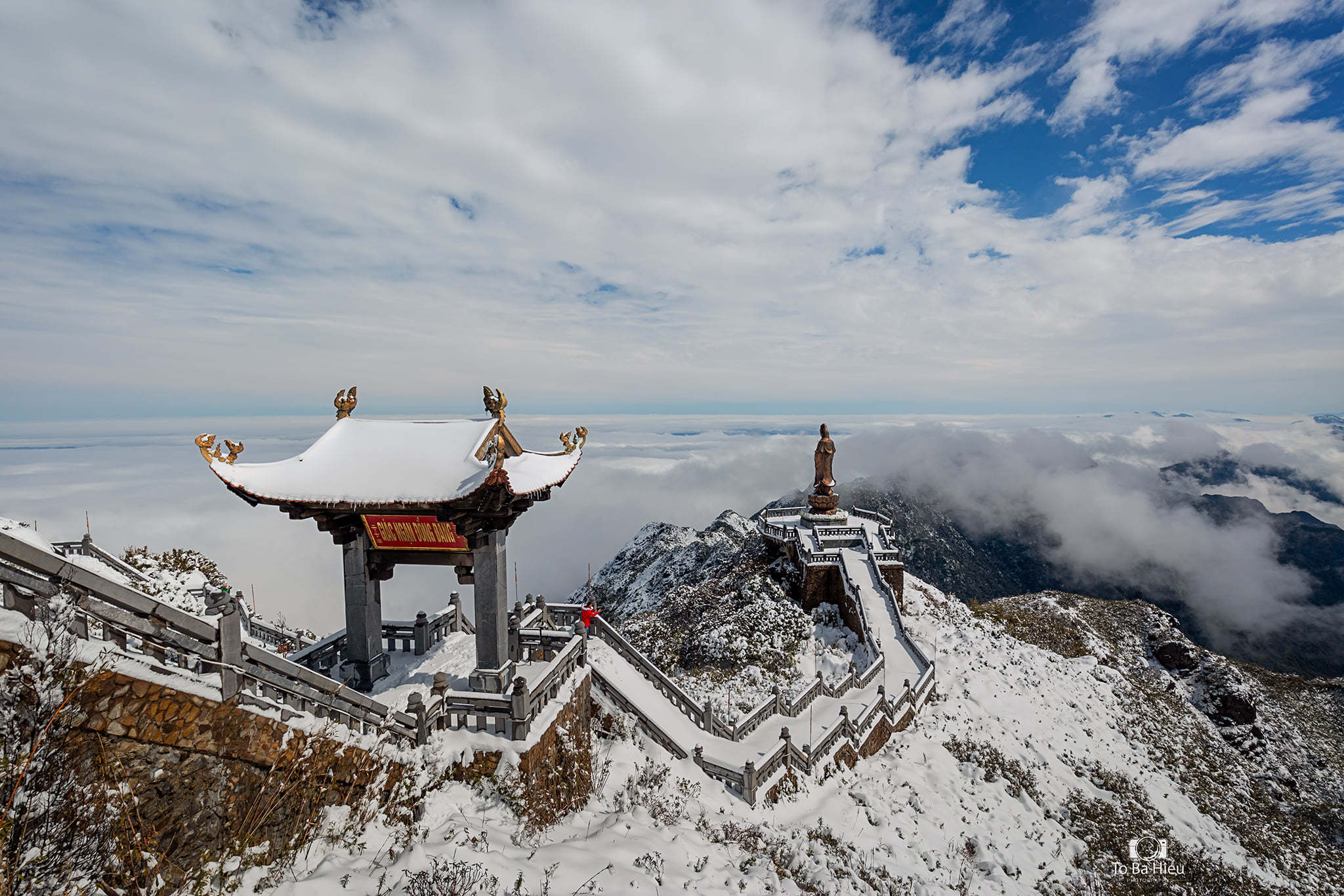
What to visit?
Fansipan Mountain
As the highest peak in Indochina, Fansipan offers fantastic trekking opportunities. You can hike to the summit, or take the cable car for a more relaxed experience. Those who like to walk can take their time and visit the spiritual complex on the mountain including Kim Son Bao Thang Tu, a sacred Buddhist temple, the 11-storey tower, a bronze statue of Avalokiteśvara Bodhisattva, and the largest bronze statue of Amitabha Buddha in Vietnam...
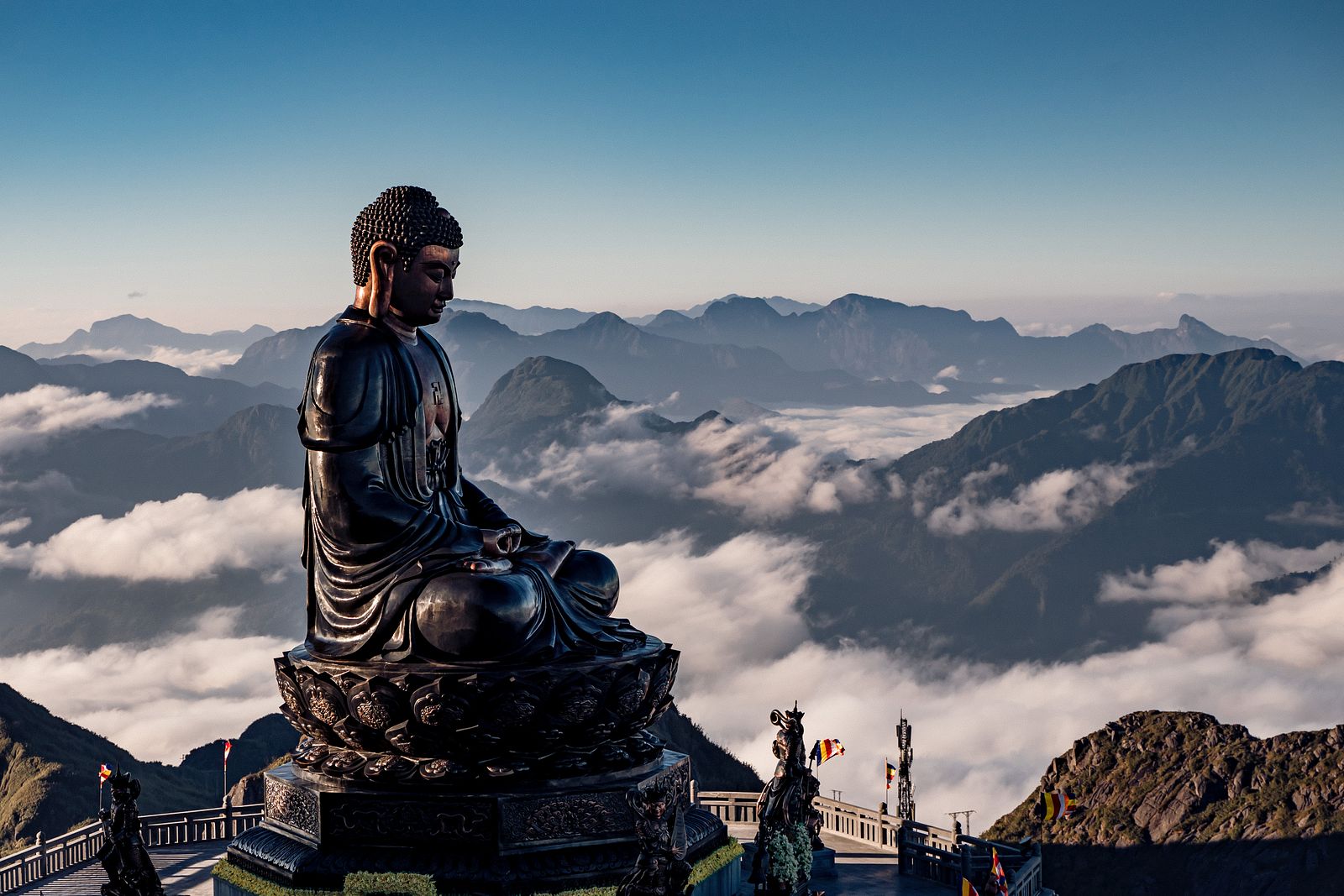
Terraced Rice Fields
The New York based magazine, Travel and Leisure has voted Sapa's terraced rice fields as one of seven most beautiful terraced rice fields in the world, bringing in even more visitors every year. The rice fields, big or small, are all meticulously "sculpted" by the H'Mong and the Dzao to facilitate farming, which look like ethereal stairways leading to heaven. They have been around for generations and a effective way of farrming, bringing in income for the locals and contributing to the development of tourism in Sapa.

O Quy Ho Pass
O Quy Ho pass, situated just outside town center, stretches about 50 km connecting the two provinces of Lao Cai and Lai Chau. It's part of Vietnam's "Four Great Passes" with Ma Pi Leng Pass in Ha Giang, Pha Din Pass connecting Son La and Dien Bien and Khau Pha Pass in Yen Bai. At the peak of the pass, you will find O Quy Ho's Heaven's Gate, where you can have a panoramic view of the valleys underneath, the terraced rice fields and winding mountain routes far away. You can also stop at the pass around 5:00 or 5:30 PM to admire the beautiful but fleeting sunset that only lasts for a few minutes until the fog and clouds take back over.
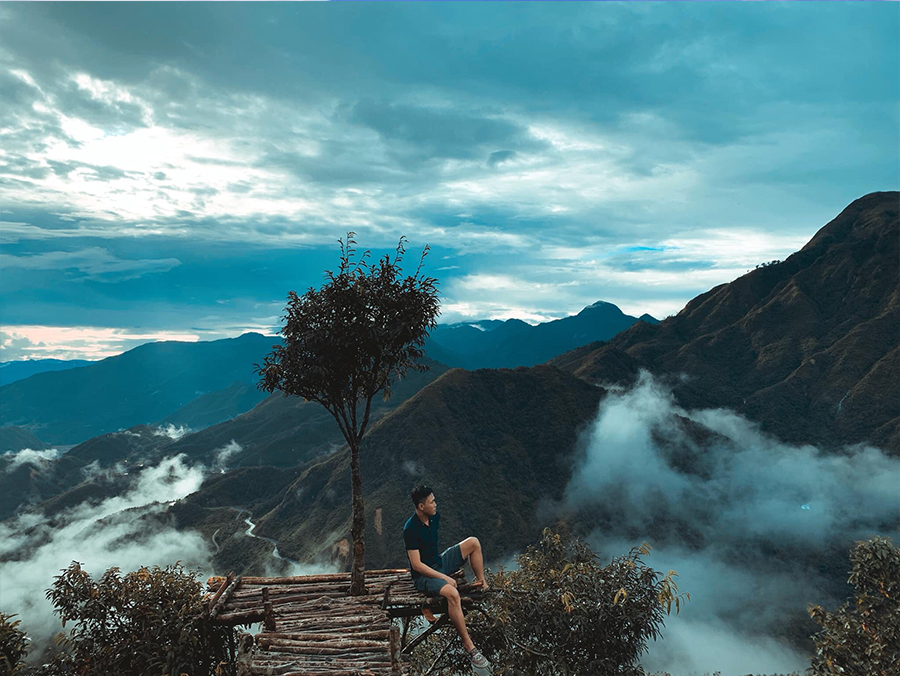
Local Villages
Visiting local villages is a must while in any province in the North-West of Vietnam, for it is the perfect opportunity to get to know different ethnic groups of Vietnam and their unique cultures. Cat Cat Village is a Hmong ethnic village that's just a short hike from Sapa, where many customs and handicrafts are still preserved to this day like weaving, silver carving, jewelry making, etc. This is the living place of the Mong and Red Dao ethnic minorities, often "captivating" tourists with its vast green terraced fields, rolling mountains, and rivers leaning like a soft, gentle silk sheet. embrace the village. You can also visit Ma Tra and Ta Phin villages for an authentic experience of the indigenous H'Mong and Red Dzao culture. During the festival season, you will have the opportunity to witness many unique traditional practices such as bell dancing, Bai Tram dancing, softshell turtle catching, and Gau Tao festival.
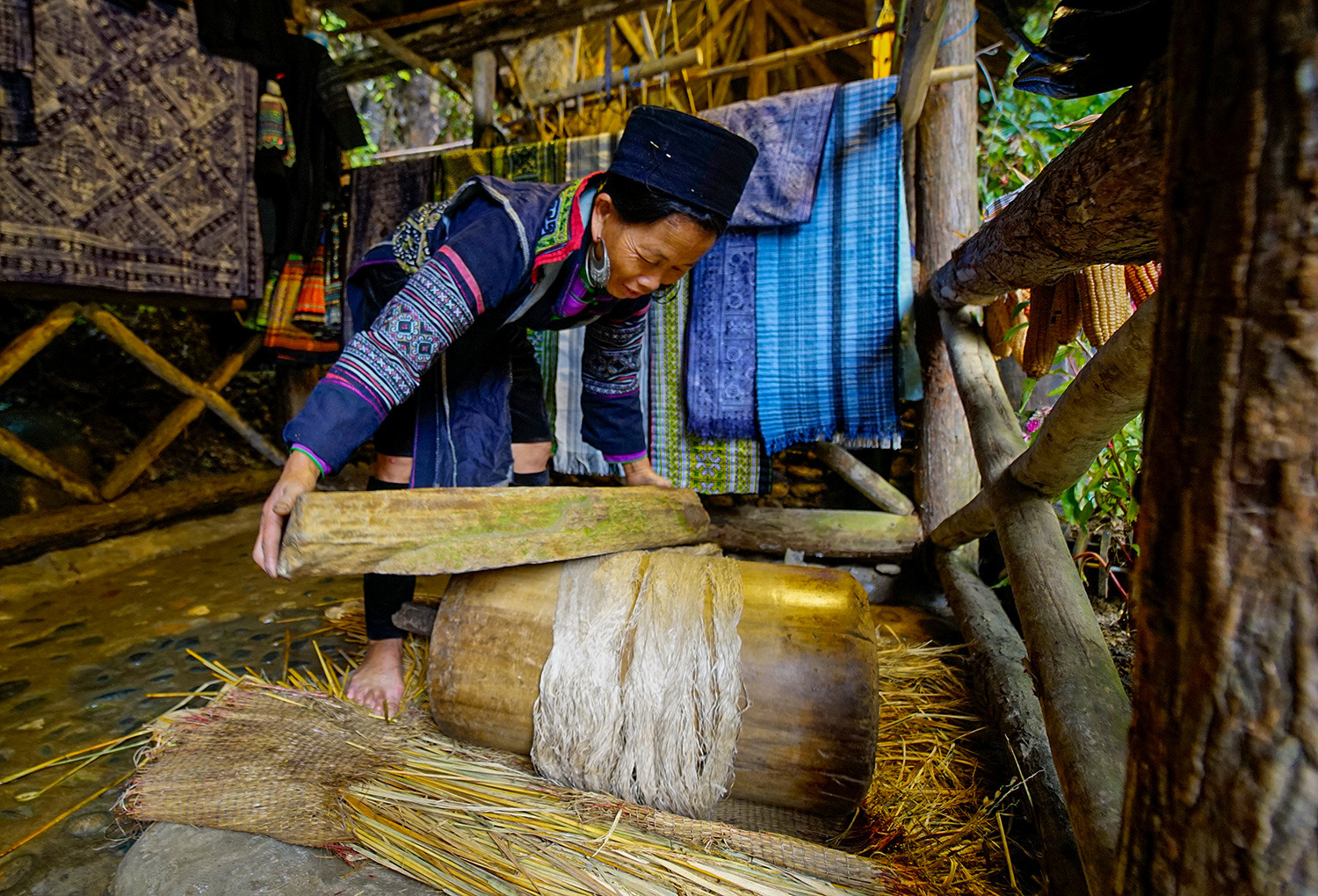
Hoang Su Phi
When to go?
Also located in the mountainous region of Vietnam, Hoang Su Phi has a similar climate to Sapa and has is beautiful year round. The spring, when flowers that are only found in the North-West bloom, is also when the locals host traditional festivals and folk games. The summer, Hoang Su Phi showcases its beauty with terraced rice fields in watering season. The fall, Hoang Su Phi attracts tourists for it's stunning golden rice terraces that is a constant inspiration for art and poetry. The end of fall or the beginning of winter are also great times to visist Hoang Su Phi for its mesmerizing fields of purple buckwheat flowers. Those who don't mind the cold could even go hiking to the tops of Chieu Lau or Tay Con Linh mountains to admire the clouds and snow.

What to visit?
Terraced Rice Fields
Vietnamese terraced rice fields are getting more and more recognition (as it should) from tourists, so if you want a more secluded, underrated alternative to Sapa's rice terraces than you should definitely go for Hoang Su Phi. These stunning landscapes change colors with the seasons and offer some of the most picturesque scenes in Vietnam. The best time to visit is during the rice planting (June) and harvesting (September) seasons. Ban Phung village's terraced rice field is known as the highest terraced rice field in Vietnam.

Buckwheat Flower Hill
Buckwheat flowers look similar to Ox-eye daisies, with a yellow center and small, delicate pink petals (or blue depending on the region). This flower blooms between September and November in Vietnam, that is why the Buckwheat Flower Festival takes place late October, early November, when it’s the most beautiful. At the festival, other than admiring the ethereal beauty of the flower, visitors can also participate in cultural activities like kayak racing, stand-up paddleboarding, buckwheat cake baking contest and other folk games.

Tay Con Linh
Tay Con Linh is a mountain range upstream of Chay River in the west of Ha Giang province. Tay Con Linh stretches over Hoang Su Phi district and Vi Xuyen district, 46km from Ha Giang town. With an altitude of 2,419 m, this is the highest peak in Northeast Vietnam and one of the highest peaks in Vietnam. With a subtropical primary forest at the foot of the mountain, conquering Tay Con Linh has been the goal of many trekkers for its majestic beauty and the challenging but impressive mountain paths.
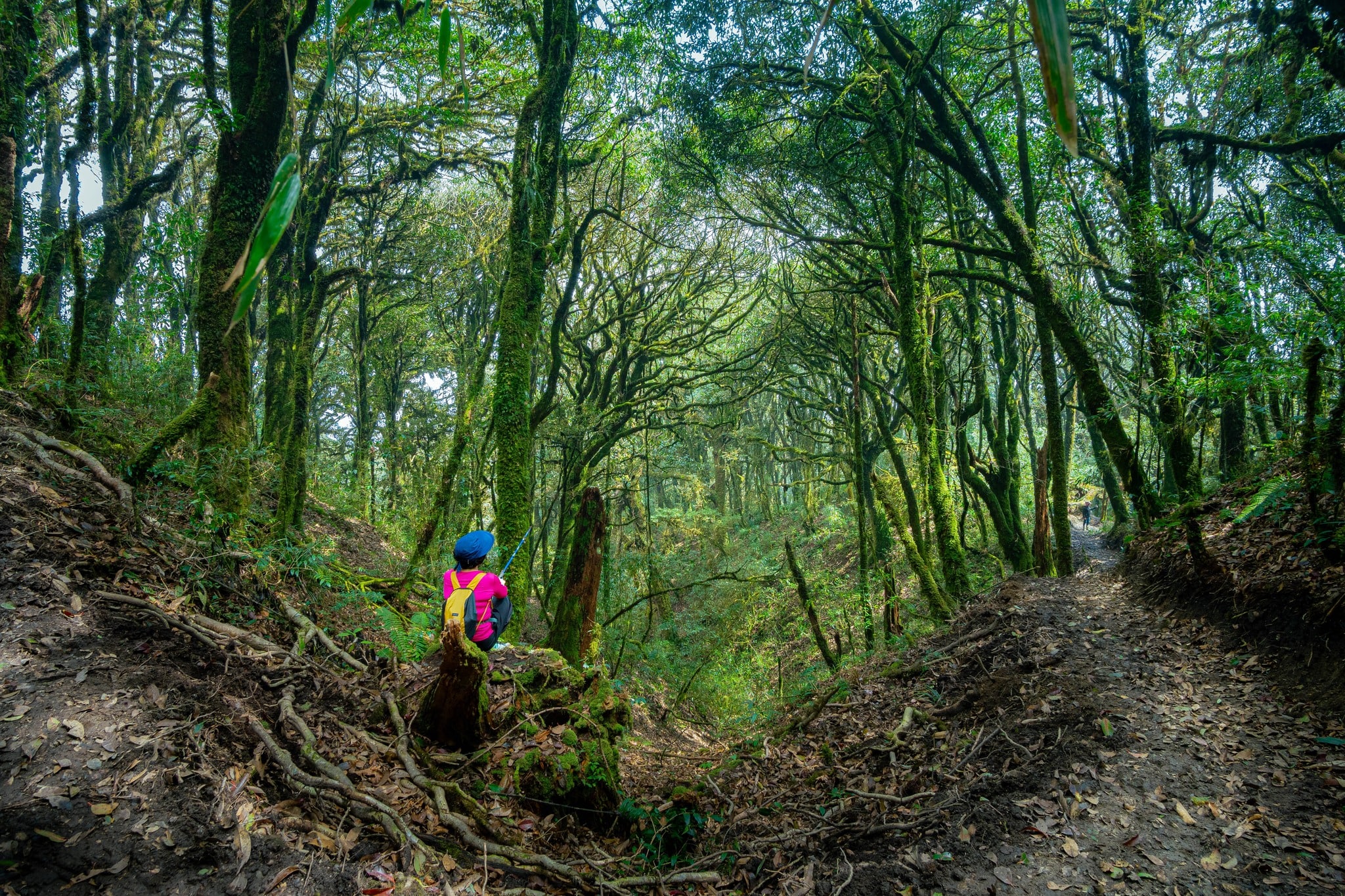
Local Markets
Explore the local markets, such as the Hoang Su Phi Market and the weekly markets in different villages. You can immerse yourself in the culture and traditions of various ethnic minorities like the H'mong, Dao, Nung, and Tay. If you happen to be in Hoang Su Phi on a Sunday, check out the Hoang Su Phi flea market, where you can find local products and specialities.
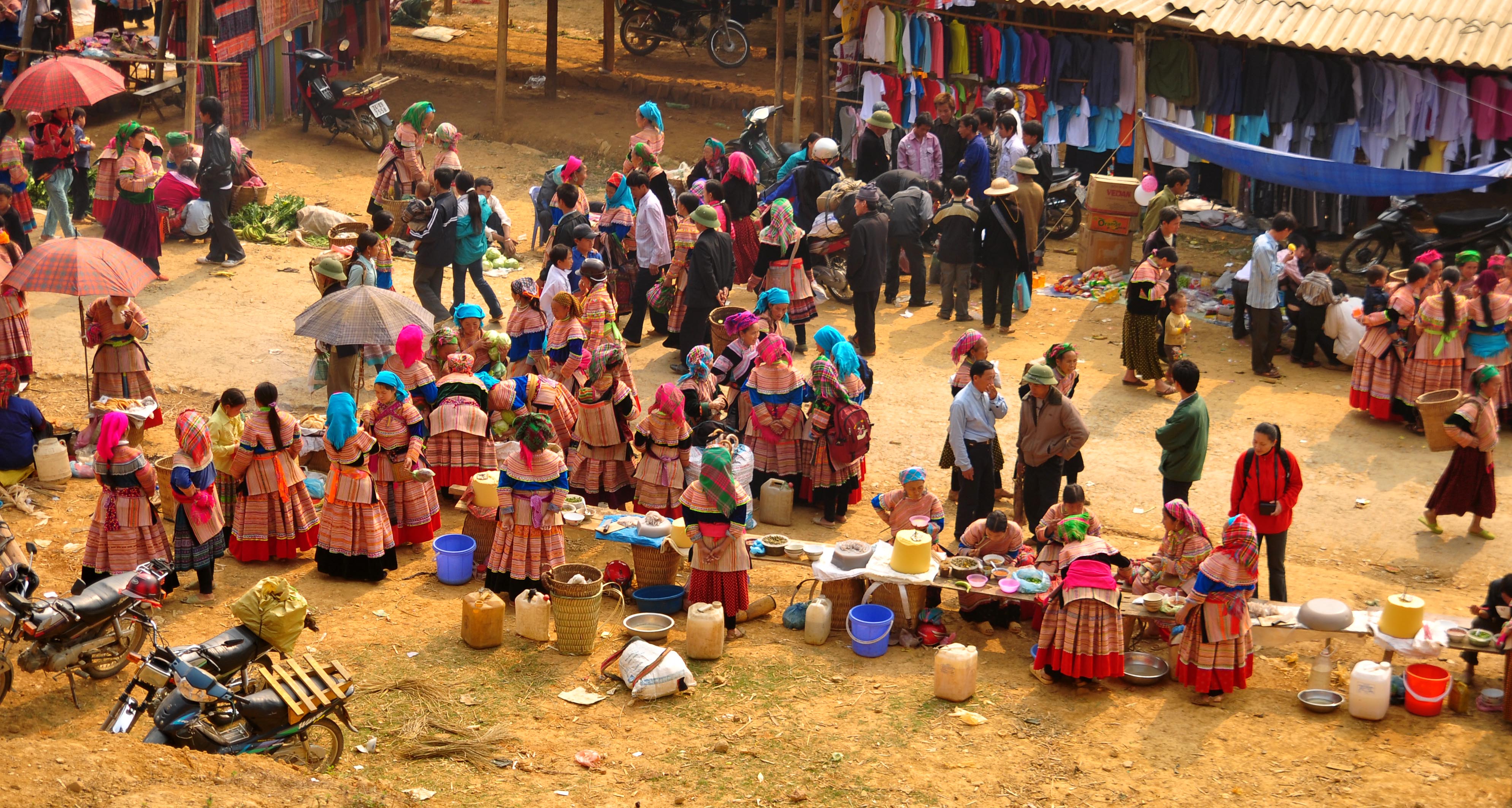
Where to go: Sapa or Hoang Su Phi?
Sapa and Hoang Su Phi are both beautiful destinations of the North-West. The landscape in Hoang Su Phi is more awe-inspiring and untouched, and if you don't like to be hassled by people selling stuffs, then Hoang Su Phi is the place to go. People in Hoang Su Phi leave you alone but are super nice if you need help. Plus, there is more diversity in ethic groups, including groups of very small population like the Lo Lo. Hoang Su Phi is located further away from Hanoi compared to Sapa, it usually takes 7-8 hours and the roads in Hoang Su Phi are generally more challenging, so driving with an experienced driver is recommended. But as the mountain passes in Hoang Su Phi are way more impressive, conquering them can give you a sense of accomplishment.
On the other hand, because Ha Giang is not yet on the tourist map, the infrastructure is more developed in Sapa, where you can easily find high-quality hotels and homestays. The roads in Sapa are also in better condition, so getting to Sapa is no longer a problem. It is also a bit closer to Hanoi, which only takes about 5-6 hours. However, Sapa is way too crowded with tourists, especially in markets where there are more tourists than inhabitants. Not to mention that there are usually people who nag and follow you around to make you buy stuff from them.
So if you don't like the crowd but still want to enjoy immaculate beauty and village life, Ha Giang is the obvious option. Some people say that Hoang Su Phi is like the Sapa of 15 years ago. So if you like a little bit of challenge, opt for Hoang Su Phi and have one of the most amazing adventures ever.




.jpg)


